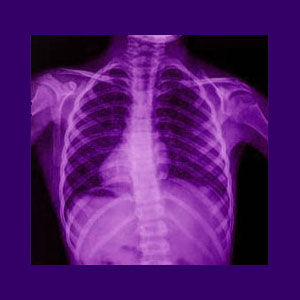
A spinal cyst is a relatively common condition for many people to develop at some point in life. Cysts come in many varieties and are mostly harmless and asymptomatic occurrences.
A cyst is an abnormal growth, which is not cancerous and is often filled with some type of bodily fluid. Cysts can occur near the spine or on many of the actual spinal structures.
Cyst removal is typically elective and accounts for a significant percentage of surgical procedures in the medical sector. Most cysts are removed for aesthetic or preventative reasons, but some are treated surgically due to symptomatic expressions or even to preserve life or functionality in the most extreme of circumstances.
This discussion focuses on cyst formation on the spinal structures and the types of negative consequences that they might produce in rare circumstances.
Classification of Spinal Cysts
There are many individual types of cysts which may occur in the human body. On or near the spine, there are three primary types of cystic expressions:
Sebaceous cysts are generally harmless fluid filled sacs which occur just under the skin. These cysts are very common throughout the body and can often be easily felt and sometimes even visualized. Similar types of cysts which may occur near the spine also include the epidermoid cyst and pilar cyst. Most of these cysts do not require any treatment at all and are only considered problematic by aesthetic standards. Wet heat might help resolve true sebaceous cysts, but will usually not do anything to reduce epidermoid or pilar cysts. Surgery is also a drastic treatment option for any of the above cysts.
Synovial cysts, also called Myxoid cysts, are common in the spinal joints, especially in older patients. Synovial cysts are benign and grow in and around the vertebral facet joints in the spine. They are a normal byproduct of spinal degeneration and occur almost universally in elderly patients. Most synovial cysts are asymptomatic, but some might cause pain and related neurological concerns in a small minority of affected individuals. In these cases, pain management drugs, chiropractic and physical therapy are the most common conservative treatments. For more serious pain complaints, epidural injections or even back surgery might be indicated. It is worth mentioning that synovial cysts often act as a scapegoat condition to take the blame for otherwise idiopathic back pain.
Arachnoid cysts occur in the middle layer of the protective sheath which surrounds the spinal structures and brain. These cysts are generally congenital, but sometimes take time to develop. Arachnoid cysts can be asymptomatic or completely life altering. The closer they exist to the actual brain or spinal cord, the worse the typical symptomology will usually be. Treatment is a risky affair for the worst of these cysts and completely unnecessary for the least problematic. Symptoms experienced will revolve mostly around the size, location and exact placement of the cyst in relation to neurological tissues.
Cyst on the Spine
Most people who discover a growth on or near their spine turn out to have a simple sebaceous cyst. This type of spinal cyst rarely needs treatment and can usually be safely removed, without recurrence, if treatment is even needed or desired.
Deep internal types of cysts which affect the actual spinal structures will rarely provide visual evidence of their existence, unless the growth is huge. Most of these conditions will be found either through expressed symptomology and subsequent diagnostic testing or simply discovered by chance during a routine or unrelated exam.
Whatever type of cyst you might have, make sure to get proper attention from a medical professional who understands the implications of the condition and can give you an honest and detailed prescription for treatment (if any is needed).




